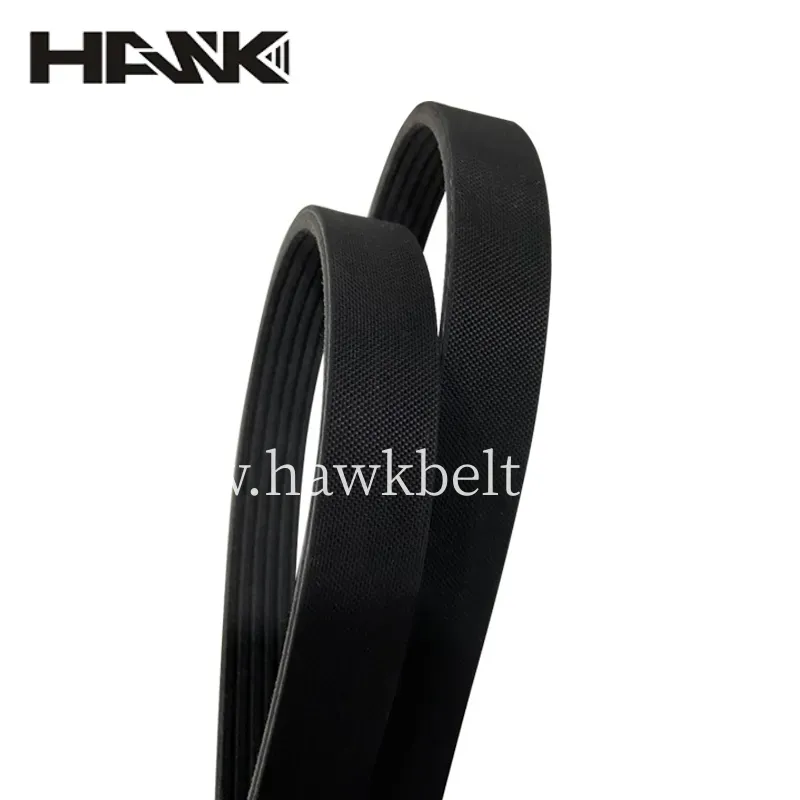- Arabic
- French
- Russian
- Spanish
- Portuguese
- Turkish
- Armenian
- English
- Albanian
- Amharic
- Azerbaijani
- Basque
- Belarusian
- Bengali
- Bosnian
- Bulgarian
- Catalan
- Cebuano
- Corsican
- Croatian
- Czech
- Danish
- Dutch
- Afrikaans
- Esperanto
- Estonian
- Finnish
- Frisian
- Galician
- Georgian
- German
- Greek
- Gujarati
- Haitian Creole
- hausa
- hawaiian
- Hebrew
- Hindi
- Miao
- Hungarian
- Icelandic
- igbo
- Indonesian
- irish
- Italian
- Japanese
- Javanese
- Kannada
- kazakh
- Khmer
- Rwandese
- Korean
- Kurdish
- Kyrgyz
- Lao
- Latin
- Latvian
- Lithuanian
- Luxembourgish
- Macedonian
- Malgashi
- Malay
- Malayalam
- Maltese
- Maori
- Marathi
- Mongolian
- Myanmar
- Nepali
- Norwegian
- Norwegian
- Occitan
- Pashto
- Persian
- Polish
- Punjabi
- Romanian
- Samoan
- Scottish Gaelic
- Serbian
- Sesotho
- Shona
- Sindhi
- Sinhala
- Slovak
- Slovenian
- Somali
- Sundanese
- Swahili
- Swedish
- Tagalog
- Tajik
- Tamil
- Tatar
- Telugu
- Thai
- Turkmen
- Ukrainian
- Urdu
- Uighur
- Uzbek
- Vietnamese
- Welsh
- Bantu
- Yiddish
- Yoruba
- Zulu
Jun . 19, 2024 10:16 Back to list
TYPES OF BELTS IN A CAR
TYPES OF BELTS IN A CAR
Belts are one of the most essential parts of a vehicle–they provide a source of power and connection for different components. Although their role in the makeup of an engine can be overlooked, many types of belts are needed to safely and effectively operate your car.
Take a look at the various belts found in your engine to better understand their function and the maintenance needed!
The Different Belts in a Vehicle
What are the different belts in a vehicle? Depending on the make, model, and size, you’ll find a variety of belts working together to bring your engine to life. Take a look at some of the most common belts in a vehicle and their basic functions:
1. Timing Belts
The timing belt–also known as the cambelt–is used to coordinate the camshaft and crankshaft rotations within an engine. With the proper application of this belt, your pistons and valves will operate smoothly.
2. Fan Belts
If your coolant system is not running properly, making your engine reach unhealthy temperatures– you should inspect your fan belt. The basic function of this belt is to power the coolant system by circulating coolant through the engine.
Fan belts are capable of transmitting the necessary power to operate the cooling system without compromising the temperature of the engine.
7PK2300 90916-T2024 RIBBED BELT POLY V BELT PK BELT
3. Alternator Belts
The alternator belt powers exactly that: the alternator. This belt regulates the system by emitting electrical charges that flow directly to the engine. However, serpentine belts can often be a power source for the alternator and other parts of the coolant system instead.
4. Serpentine Belts
Maybe one of the most important belts in any engine, the serpentine belt loops around the entirety of the engine to provide power to multiple components. With a ribbed texture that allows for better contact grip, the serpentine belt can help supply power to the water pump, alternator, power wheel, and air-conditioning.
How to Tell if a Belt Is Bad
Your engine's health can depend on the condition of a belt. Most belts have set miles to function properly, however, there are instances where your belt should be replaced before the mile mark. The average lifespan of a belt lasts between 60-100k miles.
Thankfully, there are signs that can help you determine whether or not you need a replacement. A few of the most common signs include:
- Fraying/splintering
- Cracking
- Squealing or unknown noises in general
- Difficulty in driving uphill
- Trouble running air/heat within the vehicle
- And more
If you have noticed any of these symptoms in your vehicle, ask a professional what next steps you should take to for maintenance on your car.
-
Korean Auto Parts Timing Belt 24312-37500 For Hyundai/Kia
NewsMar.07,2025
-
7PK2300 90916-T2024 RIBBED BELT POLY V BELT PK BELT
NewsMar.07,2025
-
Chinese Auto Belt Factory 310-2M-22 For BMW/Mercedes-Benz
NewsMar.07,2025
-
Chinese Auto Belt Factory 310-2M-22 For BMW/Mercedes-Benz
NewsMar.07,2025
-
90916-02660 PK Belt 6PK1680 For Toyota
NewsMar.07,2025
-
drive belt serpentine belt
NewsMar.07,2025


